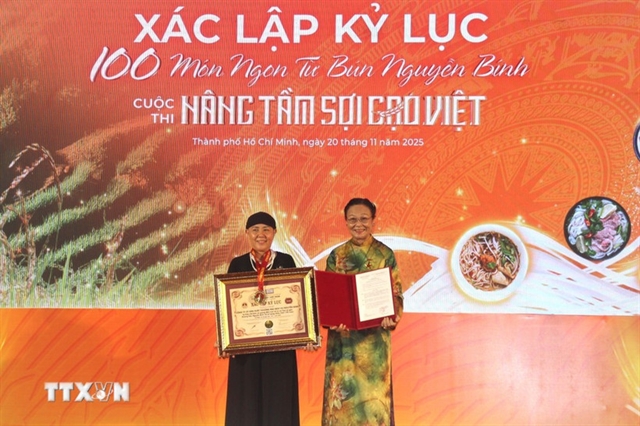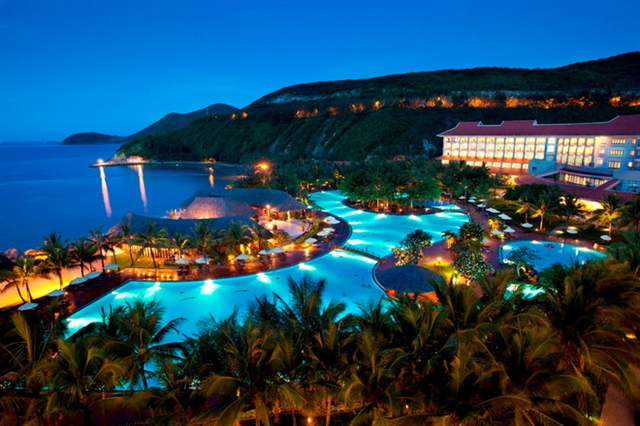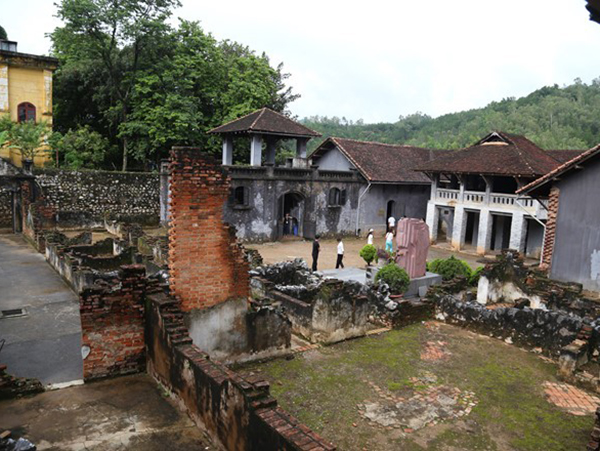 Life & Style
Life & Style

Prime Minister Nguyễn Xuân Phúc has just approved a project to restore historical relic of Sơn La Prison in northern province of Sơn La, which was built by French army in early 20th century to jail Vietnamese communists.

|
| Remnants of Sơn La Prison, built by the French in 1908 to jail Vietnamese communists. The prison, which was dubbed “hell on earth”, was turned into a school where communists taught revolutionary doctrines to one another while in jail. Photos laodong.vn |
SƠN LA – Prime Minister Nguyễn Xuân Phúc has just approved a project to restore historical relic of a French colonial prison in northern province of Sơn La, which was built in early 20th century to jail Vietnamese patriots.
The project will cover the prison's remaining relic, the cemetery nearby and two neighbouring relics named Bản Hẹo Banayan Tree and Mó Nước.
The project will restore, renovate and develop values of the historical site and then use it as a destination for the education of future generations.
The project also aims to build Khau Cả Hill into a cultural historical park and a tourist destination.
The park area will have a garden, recreational spaces and a shopping centre for locals and tourists.
The renovations will maintain the original architecture of the prison, restore the original surroundings, maintain the trees, upgrade walking paths and the lighting system and rebuild some collapsed rooms.
The attached buildings, which used to station French troops, will be restored to serve as exhibition halls.
All buildings constructed after the war will be removed to leave the original design for the site, which will host various memorials, exhibitions, educational activities and tourism.

|
| The restoration project will cover the prison remnants, the cemetery nearby and two neighbouring relics named Bản Hẹo Banaya Tree and Mó Nước. |
Sơn La Prision was built by the French in 1908 on an initial area of 500sq.m.
Historical documents say the prison walls were made of rocks and bricks and the buildings were roofed with corrugated sheet iron. Beds for prisoners were made of stones, covered with cement. In each room, there was a primitive toilet without a cover or water. In the summer, wind blowing into Việt Nam from Laos would cause an unbearably hot atmosphere while winter would be foggy and freezing cold. Severe weather and pollution caused various diseases among the prisoners.
In 1930, with the birth of the Việt Nam Communist Party, Vietnamese patriots rose up to fight against the cruel regime of the French colonialists and Vietnamese feudalists. The French found various ways to stop the movements, including imprisoning many insurgents. They built many new prisons and enlarged Sơn La Prison in 1949 to keep more prisoners.
After three expansions, the prison had a total area of 2,170sq.m. Thousands of communists and other patriots were imprisoned and tortured including Tô Hiệu (1912-1944), a distinguished brave communist.
Over the years, much of the prison was destroyed by bombs. There remains a peach tree planted by Tô Hiệu in his last period of his life at the prison. It blossoms every spring.
Since 1980, Sơn La Provincial Museum has tried to restore the prison's old buildings back to their original state.
The site receives many thousands of visitors every year. — VNS




